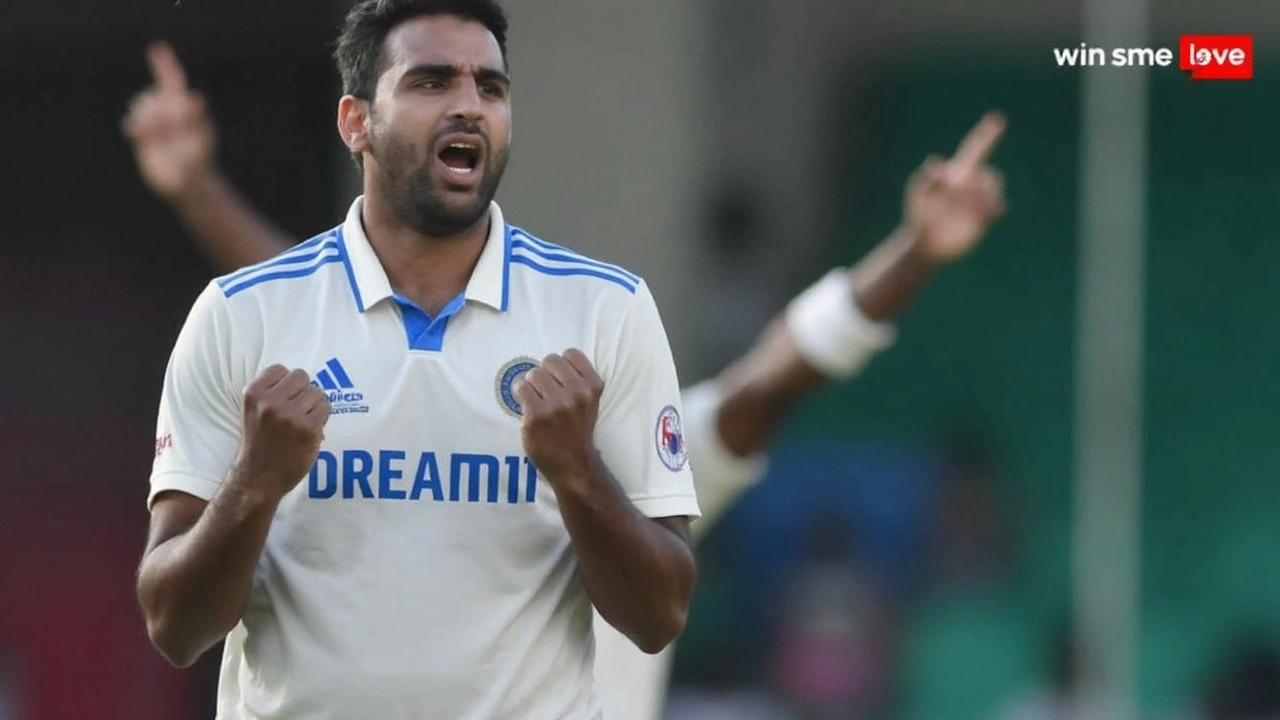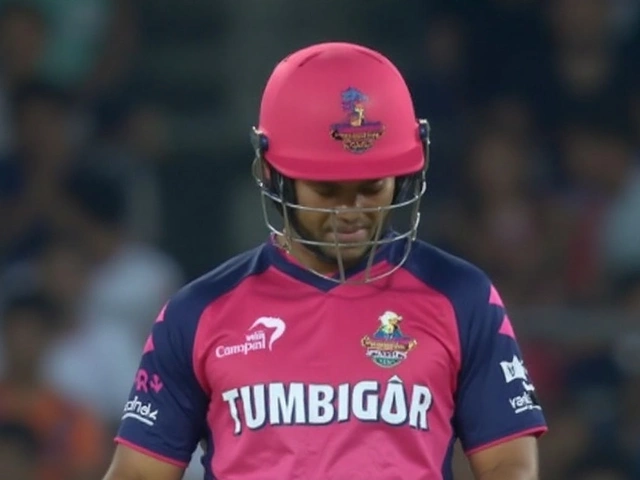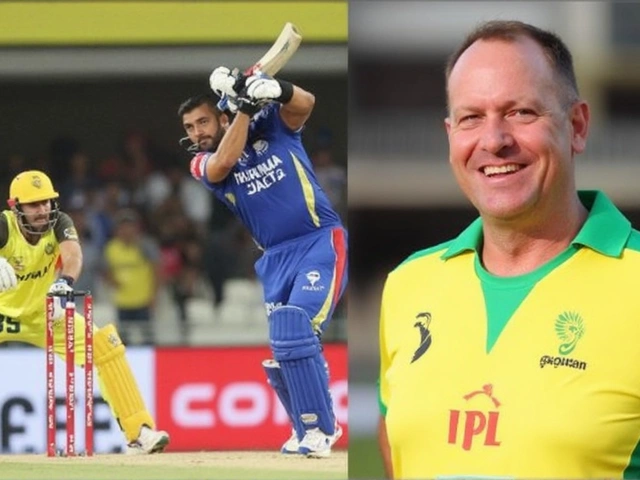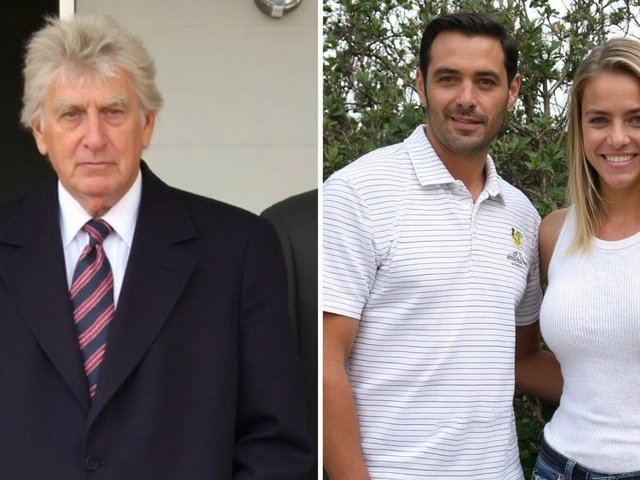What's Behind Ashwin’s Retirement—and Is It Really Final?
The announcement of Ravichandran Ashwin's retirement shocked Indian cricket fans. After all, Ashwin is India's second-highest Test wicket-taker, boasting an impressive 537 wickets. For many, it's tough to imagine the team sheet without his name. But as soon as word spread, a new question emerged: can a player like Ashwin actually change his mind and return, or is retirement a point of no return?
Look at what happened: Ashwin’s retirement seems to stem mainly from being left out of some key matches. When a player of his calibre sits on the bench, frustration builds. You wonder, is quitting really the only way out? More importantly, what if someone like Ashwin wakes up a few weeks later and decides he wants back in?
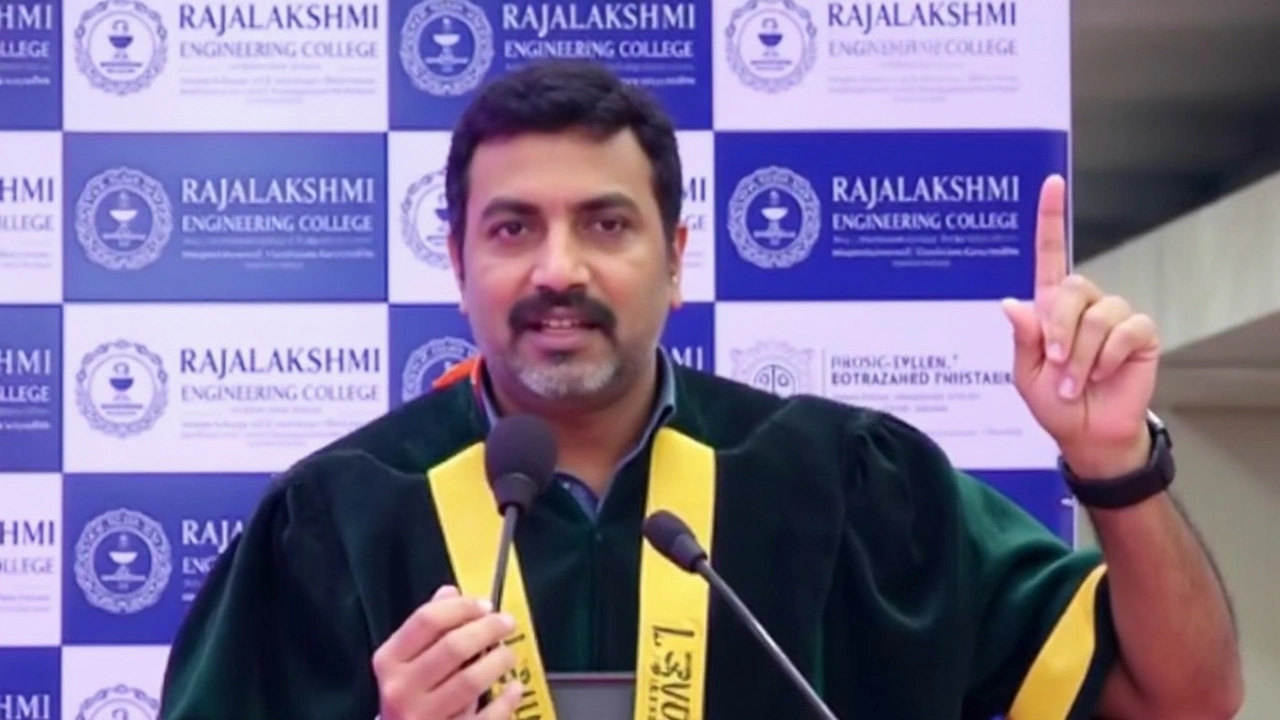
The Rules: ICC, BCCI, and the Pathways Back
Officially, retiring from international cricket isn’t as simple as just saying it in a press conference or tweeting it out. Cricket boards like the BCCI (Board of Control for Cricket in India) and the ICC (International Cricket Council) require players to turn in a formal retirement letter. Once that paperwork is received and processed, the retirement is generally seen as binding. But let’s be honest—cricket has always had its fair share of drama, and reversals do happen, just not often.
There isn’t a hard and fast global rule on reversals. The ICC doesn’t outline a step-by-step guide for unretiring; instead, each cricket board handles it their own way. In India’s case, if the paperwork hasn’t officially gone through all the channels—or sometimes if enough pressure mounts—there’s a possibility a player can pull back their resignation. But this is rare and usually involves a lot of behind-the-scenes discussions with selectors and board officials.
Take past examples—some cricketers abroad have announced retirements only to return after a phone call from team management, usually when the team faces a crisis. Indian cricket too has seen near-retirements or players reconsidering, but once a star like Ashwin turns in all the documentation and makes a clear public stand, the chance of a comeback is slim unless something extraordinary happens.
As it stands, there's no sign Ashwin wants to undo his decision. He hasn’t made any appeals, nor has he hinted at a potential return on social media or interviews. All signs point to a player who’s ready to walk away, at least from the international scene.
- Ravichandran Ashwin holds the record for India’s second-most Test wickets (537).
- His retirement comes amidst frustrations over non-selection.
- ICC and BCCI rules technically allow reversals—but only in rare, exceptional cases when formal process isn't complete.
- No move has been made by Ashwin to reverse his decision as of now.
Retirements in Indian cricket are usually final, but history shows there’s always a small window—until the board files are closed, and sometimes, not even then. Yet, with Ashwin, it looks like this decision is here to stay, as tough as it is for fans to accept.
